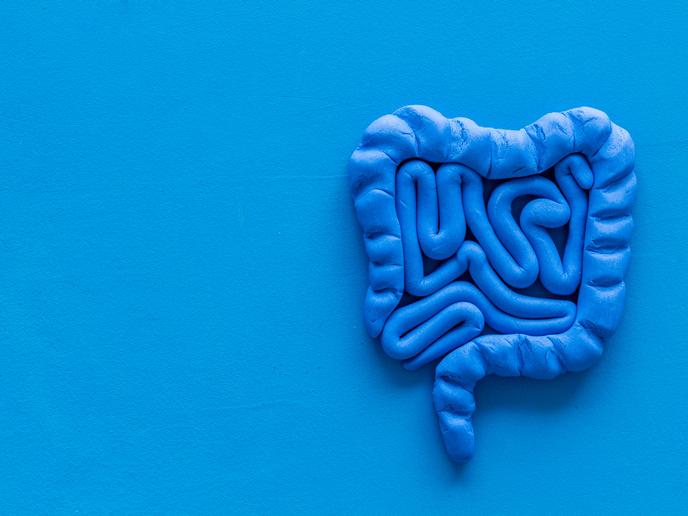Lab-on-chip provides early diagnosis of Alzheimer’s and Parkinson’s diseases
Alzheimer’s and Parkinson’s are the two most common neurodegenerative disorders worldwide. They are hugely debilitating and mostly untreatable neurological conditions linked to old age. Early diagnosis of these and other diseases can prevent further deterioration, which will lead to a better outcome for the patient. Among current diagnostics methods, two have shown promise: a PET scan of the brain to find deposits of a specific protein called amyloid beta; and analysis of certain levels of amino acids and proteins in the cerebrospinal fluid. Yet these diagnostics methods incur high costs and are invasive for the patient. And these techniques are only realistic at quite a developed stage of the disease, meaning it can be too late for successful therapeutic treatment. “Anticipating the diagnosis by a few months, or even years, may make available therapies significantly more successful. Also, it should allow and stimulate the development of new therapies, detecting small variations within the body and fighting the disease from the earliest stage,” says Valentin Alek Dediu, coordinator of the research group Multifunctional Nanomaterials for Molecular Spintronics and Magnetism at the CNR-ISMN in Bologna. The MADIA project has developed a non-invasive diagnostic method that can screen cerebrospinal fluid with an unprecedented accuracy, and can also be used with more easily available samples such as blood and saliva. “MADIA advanced a new lab-on-chip concept for the ultrasensitive early diagnostics, based on the detection of biomarkers bound to magnetic labels,” adds Dediu, MADIA project coordinator.
Tagging biomarkers with magnetic nanoparticles
MADIA uses nanoparticles known as superparamagnetic iron oxide nanoparticles SPIONs to bind onto certain biomarkers, adding magnetic labels and making them visible to magnetic scanners. An array of magnetic sensors is integrated within a microfluidics device, which can then scan cerebrospinal fluid, or other bodily fluids. “The main advantage of the magnetic approach is the ability to detect a very small number of SPIONs, and hence biomarkers. Magnetic detection can easily achieve the sensitivity of 1 000 nanoparticles, or 1 000 biomarkers,” Dediu explains. MADIA works to detect amyloids, the established biomarkers of Alzheimer’s disease. But in principle, the technology can be applied to various biomarkers, notes Dediu. It can be easily adapted for use in wearable diagnostic systems and work to detect biomarkers or toxins in sweat or other body fluids. The test works at the nanoscale size: 10-150 nanometres, meaning it includes most biomarkers but can detect the presence of viruses, too.
Successful proof of concept
“We need and want to go further, moving to assemble the real diagnostic device prototype, allowing us to discuss production with companies and hospitals for further trials and validation,” says Dediu. The MADIA consortium plans to invest available local funds to bring the device to the next-level prototype, and then apply for another EU grant that will allow development to a pre-commercial level. “In parallel, the project team is also actively working to disseminate the research efforts, to convince stakeholders and policymakers that the lab-on-chip idea can shape the future diagnostic structure of our society,” Dediu concludes.
Keywords
MADIA, neurodegenerative, diseases, early, detection, nanoparticles, magnetic, sensor







